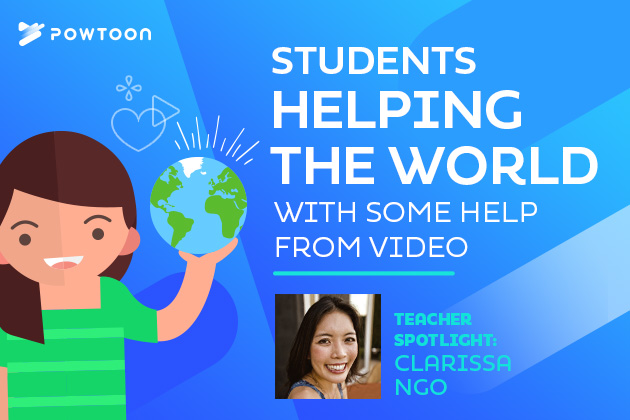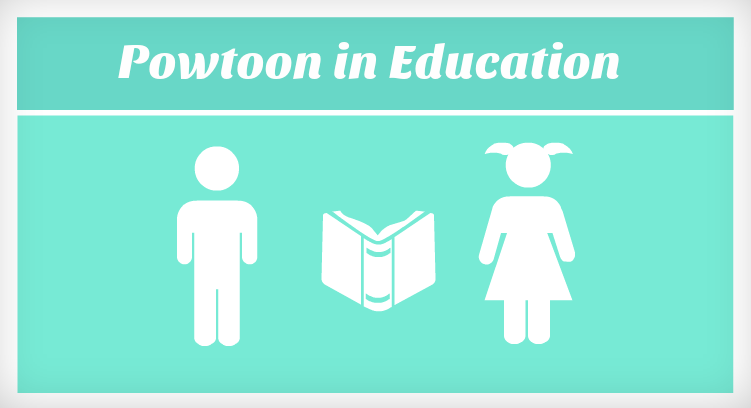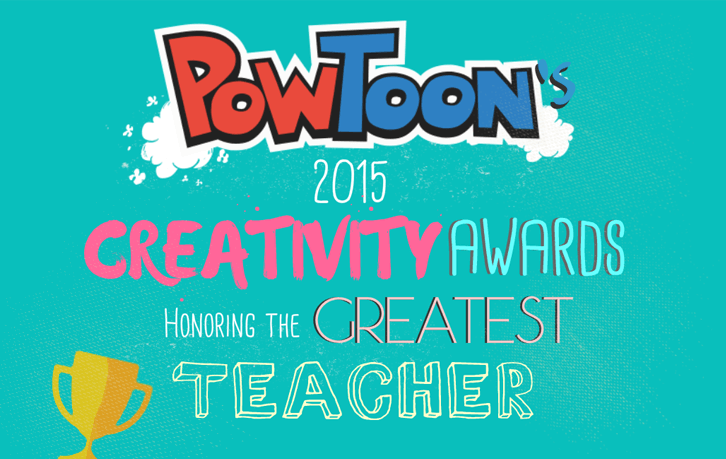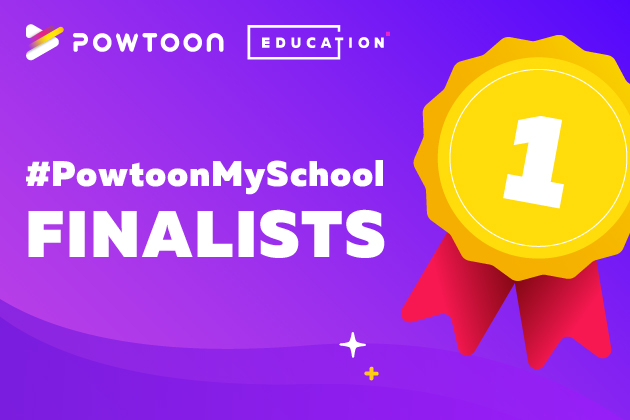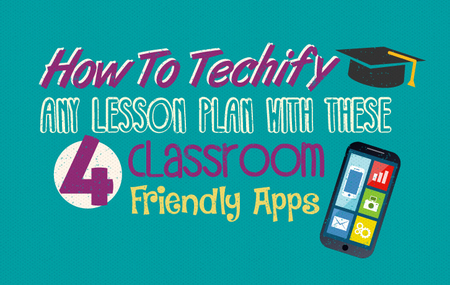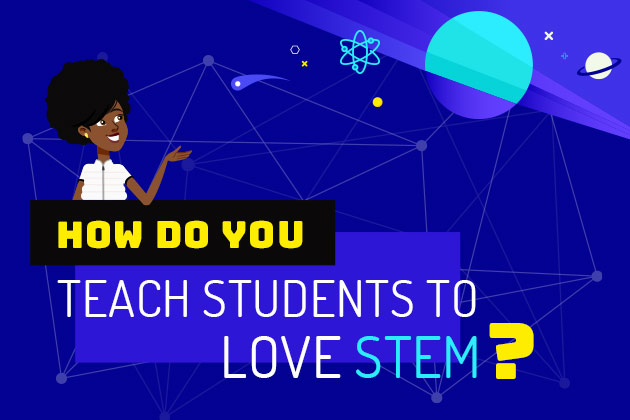
How Do You Teach Students to Love STEM? Ask Them to Explain It!
In recent years, STEM has been gaining traction, not only in the classroom, but EVERYWHERE that curious, young minds dwell. Ironically though, such a popular term comes rife with misunderstanding.

If you ask any teacher or instructor what STEM means, you’ll often hear answers that reflect “the importance of science in EDU,” rather than the nature of STEM itself. Students, on the other hand, offer the literal meaning of the term (an acronym expanded), “S is for science, T is for technology, E is for engineering, and M is for math.”
Neither response was good enough for Trina.

Dr. Coleman standing next to the VA mayor and representatives from the VA City Council
Say Hello to Trina Coleman!
Trina is a doctor of theoretical nuclear physics, founder of Coleman Comprehensive Solutions (a partnership that maximizes educational resources), host of Beyond the Classroom (an HBCUI radio broadcast) — and implementor of the Academic Blue Blood STEM Camp. But beyond all these accomplishments, Trina stands out for her vigorous mission of teaching tech-driven, STEM topics — anywhere she can, especially in her home town of Hampton, Virginia.
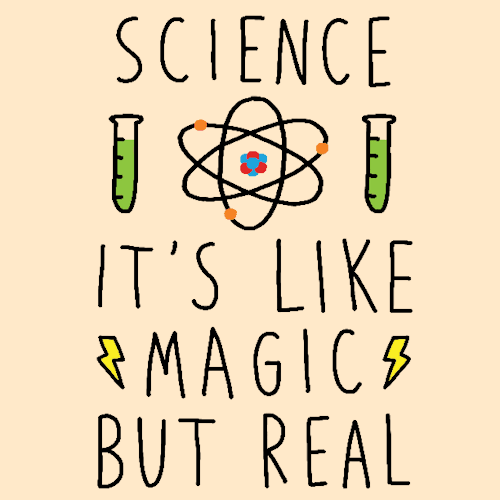
When it comes to understanding STEM, Trina noticed that kids and adults alike, refer to STEM as a general idea — when it’s so much more! On the surface it’s a representative term encompassing 4 important fields, but in reality, each one of these unique fields deserves a closer look.
Tackling the Meaning of STEM
Trina set out to prove that once children understand the concept behind STEM, they could more easily move onto understanding individual STEM topics. But, there was still one missing piece to the puzzle.
Being involved in STEM education for the last two decades, Trina’s no stranger to the many challenges and stumbling blocks that turn kids away from STEM. She also knows the secrets that keep students engaged, or as she puts it, “learning even though they don’t realize they’re learning.”
One of those game-changing secrets is VIDEO COMMUNICATION. As an ambassador of Powtoon and expert at creating animated clips (check out this Powtoon of Trina representing STEM and the NASA Apollo 11 Lunar Landing) Trina came up with an epic idea…
Trina’s Plan
Trina set up a 5-day, after-school camp, for inner-city students that would teach STEM and STEM skills through the use of computers, animation, and the power of video. The hope was that this pilot would turn into an annual program.
But the question lingered: How do you set up a tech camp without any funding, and within one week?
From Plan to Reality: STEM Camp at the Y.H. Thomas Community Center
Trina gathered a group of 10 third and fourth graders, from all walks of life, and tasked the students to create animated videos using Powtoon, to explain STEM.
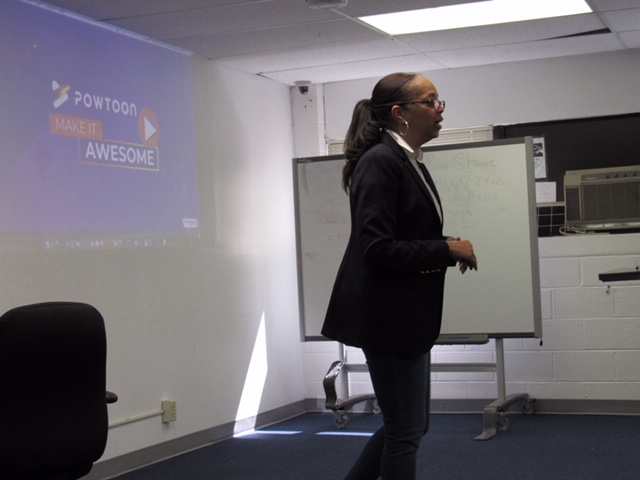
But, how do you teach Powtoon to a person who’s never used Powtoon? According to Trina, you “master the timeline — that’s where you make it pretty,” and as we all can attest to, we love watching (and creating) pretty videos! So, after a short session on learning the in’s and out’s of Powtoon, the students dove right in!
They were so excited, choosing the words, images, footage, clips, timing, and even the background music! Every time the students chose an element for the STEM videos, they had to think about how and why that choice was a good fit for explaining STEM (even if chosen subconsciously). The process of building a video demanded a level of knowledge beyond the repetition of facts -— it demanded true understanding.
“The person who says he knows what he thinks, but cannot express it, usually does not know what he thinks.”
— Mortimer Adler
Time to Dive Deeper….MATH (Aaaah)
Next, Trina decided to teach individual STEM subjects, and naturally, she chose the most feared, most dreaded, most nightmare-inducing school subject of all….MATH! Dr. Coleman was determined to teach the students about pi… and after having made Powtoons about STEM, the students were more confident to tackle tough topics (such as the circumference of a circle).
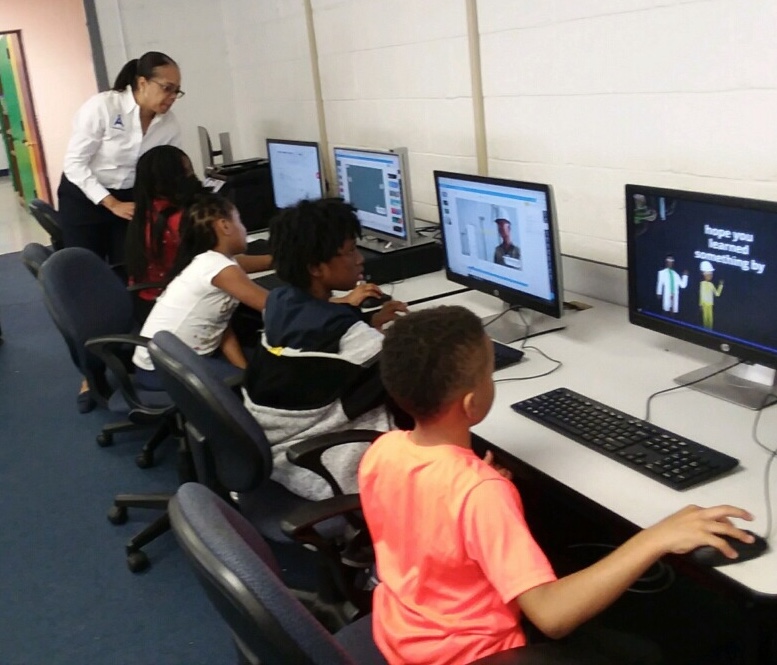
Assessing Results
Watching awesome student-made Powtoons is a wonderful way to assess success. But Trina is a true scientist, and as we all know, to prove a hypothesis true there must be hard data. Dr. Coleman handed out pre and post assessment surveys to the students, to determine if a change had occurred, with such questions as:
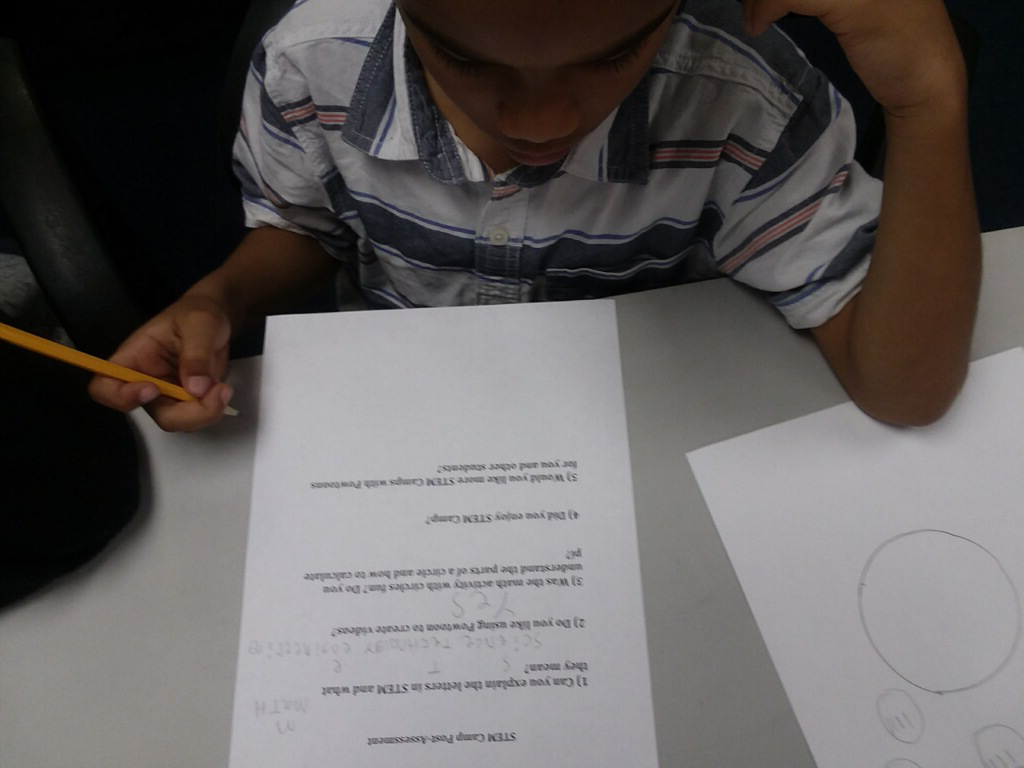
- What does STEM mean?
- Do you think math is fun?
- How comfortable are you with building things?
- Was the math activity with circles fun?
- Do you understand the parts of a circle and how to calculate pi?
And the answers were overwhelmingly happy and positive! These students-turned-mini-producers were excited about math (9/10 were math-happy), and had a deep understanding of STEM. All in all, you could accurately say that the outcome was statistically significant!
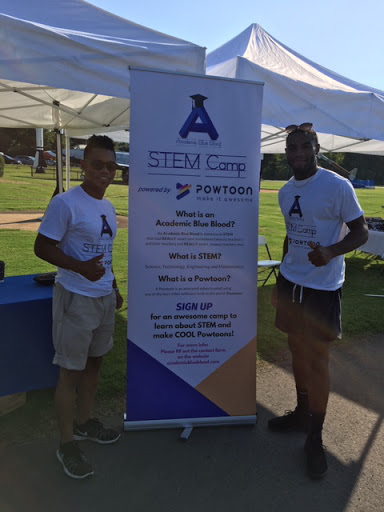
There you have it, if you want students to not only attain knowledge but to actually understand it, then ask them to explain it! And what better way to do it than than through video communication!
Trina is a true inspiration to educators, advocates of STEM, and anyone trying to figure out how to teach for understanding. Here at Powtoon, we cannot wait for Trina to expand her STEM projects everywhere!
Are you a STEM educator using Powtoon to shake up your lesson? Or do you know of anyone who’s using Powtoon to Awesomize STEM? If so, write to us, we’d love to hear about it!

